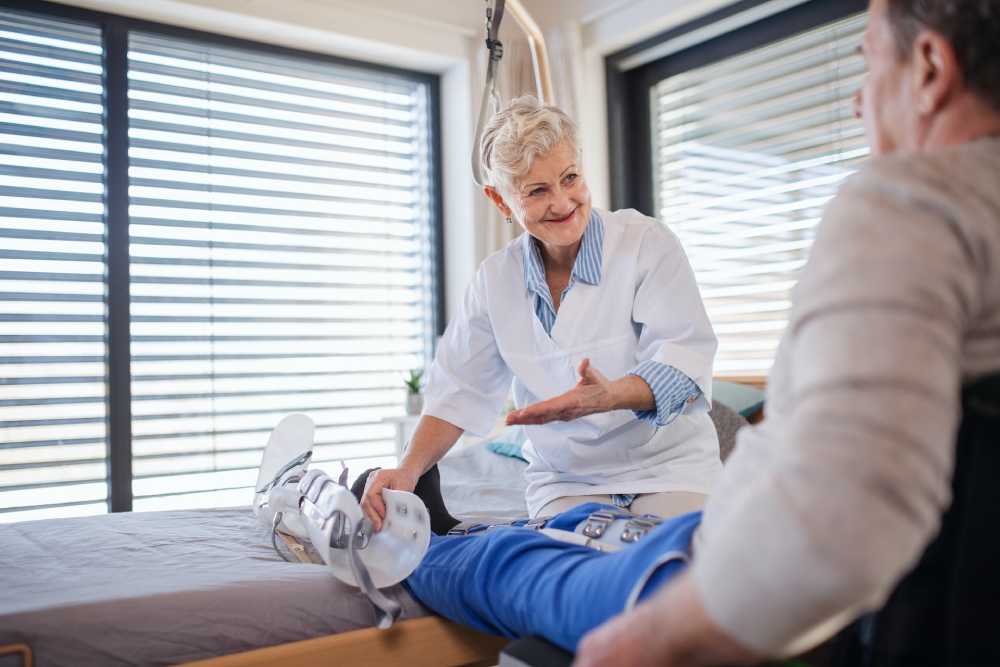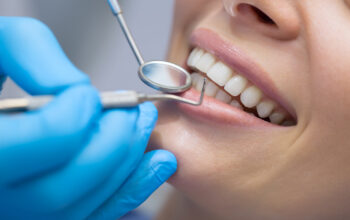The Science Behind Foot Orthotics: How They Work to Support Your Feet
When your feet hurt, it affects the kinetic chain that links up your knees, hips, and back. It can even lead to a loss of balance. Shoe insoles (or orthotics) help to reduce foot pain by redistributing the pressure of your body weight evenly across your feet. The science underlying how they do so will be examined in this article.
Comfort
Foot orthotics help reduce pain in the lower extremities by evenly supporting and distributing body weight. They also help to control excessive foot pronation during the stance phase of gait, minimizing overstress on soft tissues and associated symptoms, such as heel or arch pain.
The podiatrist will determine the type of foot orthotics prescribed after a detailed biomechanical assessment of your feet. Premade foot orthotics are generally designed to fit the ‘average’ foot and may not be suited for your particular condition.
On the other hand, custom foot orthotics are crafted to fit each individual’s feet. They can be customized to support your particular foot imbalances and pain presentation. For example, an orthotic customized to treat neuroma pain typically includes a metatarsal dome that sits under the ball of the foot to open up space and prevent the neuroma from pinched by the bones in your feet as you walk or run.
Arch Support
Foot arches are one of the foot’s primary functions – it has 33 joints, 26 bones, and more than 100 muscles1. The arch supports body weight while pushing the body forward during movement. It also acts as a shock absorber. One of the common ways a podiatrist treats foot pain and ankles is by using orthotics to support the arches.
It is a simple but effective way of alleviating foot pain and increasing the patient’s mobility. Orthotics are believed to work by adjusting the speed and magnitude of movement around the subtalar joint. They help control excessive or prolonged pronation and supination during the stance phase of gait.
They also decrease loading rates and vertical impact forces on soft tissues. It is achieved through mechanical control and feedback mechanisms triggered by cutaneous receptors. They can also redirect the pressure away from high-load areas like calluses or corns and distribute it evenly.
Weight Distribution
The weight distribution provided by foot orthotics will differ depending on the treated condition. For example, orthotics for neuromas usually include a piece that lifts the arch and spreads pressure evenly under the football to prevent the painful nerves from getting pinched and irritated.
Other types of orthotics might be designed to improve shock absorption or address biomechanical faults, which can predispose to ankle instability and sprains in people with flat feet.
Custom-made orthotics are fabricated from digital scans that precisely measure your feet and how they function. It allows your podiatrist to design foot orthotics that are as unique as you are. However, it is essential to remember that orthotics are not miracle cures.
They can relieve common lower limb conditions such as bunions, heel pain (plantar fasciitis), or knee and hip pain, but they cannot fix every problem that poor mechanics and weight distribution may cause in the feet.
Biomechanics
Depending on the diagnosis, orthotics can change the pressure on specific areas of your foot. It can relieve pain, reduce the occurrence of corns and calluses, protect ankle joints, and slow the progression of rheumatoid arthritis. The biomechanical theory behind orthotics is that they work by altering the magnitude and temporal patterns of reaction forces at the foot-surface interface.
It is similar to how braces work on a knee and may also be used to treat shin splints and some back and hip problems. Generally, the best orthotics are customized for each patient based on their symptoms. Premade orthotics, on the other hand, are typically mass-produced to fit an ‘average’ foot and are less likely to be effective.




